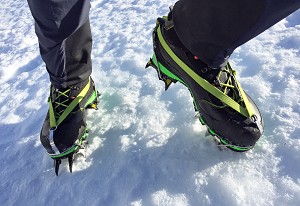
T
he Edelrid Beast Lite crampons are, unsurprisingly, very light. Set up as mono points, with anti-bots and the step-in binding, my Beast Lites weigh 620 grams for the pair. In comparison, my normal mono-point ice climbing crampons weigh 1092 grams and my classic-style 12 points crampons with their anti-bot attached weighs a bit more than that.
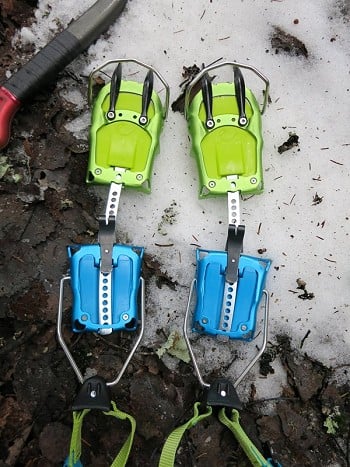
Edelrid have made the body of the crampon out of aluminium. Alu crampons have been around for years but the metal has a reputation for not being strong enough for sustained use; and most are now are sold as super-lightweight “emergency” options for ski-tourers. I’ve heard enough stories of people folding flat the spikes on aluminium crampons to be rather suspicious of the idea of using it for technical crampons, but Edelrid claim they use both hardened aluminium and a 3D design to further stiffen them, and their design picked up an ISPO award this year.
The front points are steel so they should wear no quicker than other crampons on the market but Edelrid do suggest that the Beast Lite only be used for mixed climbing if all the other points (i.e. the aluminium points under the forefoot and heel) do not come into contact regularly with rock. This manufacturer’s warning means that I do not think the Beast Lite is a suitable crampon for UK winter climbing.
Even if you are lucky enough to get a day of front pointing up the wonderful snow-ice of Ben Nevis, or the sustained water-ice of Beinn Udlaidh, you are still likely to be walking at some point on icy rocks on the descent. And how many of us have walked in to a crag hoping to do a classic ice gully only to find it not in good condition and, instead, having an excellent day on a mixed route on the buttress next to it. Both of these would go against Edelrid’s suggested usage for the Beast Lite model.
Originally I thought that if the Beast Lite would work well anywhere, it would be for the type of ice climbing I do in Finland. Finnish winter climbing is generally single pitch icefalls with walk-ins that are short, flat and rarely need crampons. It’s just a matter of wading through the snow in the forest to the base of the cliff. This winter has been different though with very little snow so I’ve actually needed to find out whether the aluminium parts of the crampon are delicate or not.
Walking around at cliffs in the Beast Lites I’ve often heard them scraping on rocks barely covered by a few centimetres of snow. They arrived for testing quite late this winter so I’ve not been able to clock up weeks of usage with them; but I’ve probably walked a three or four kilometres now in the crampons, bumping them into rocks in the forests and along ice covered dirt roads. I know this isn’t what the crampons are for but I wanted to see if they would blunt off or bend and am happy to say they haven’t.
Perhaps Edelrid is over cautious with its warning, but still walking or climbing on rock in your crampons is so common in the UK, they still do not seem a good choice. When it comes to actually climbing in the Beast Lites the most noticeable thing about them is the shortness of the secondary points. Whether ice climbing in my Terminators (vertical offset mono) or my G12s (horizontal dual points) I expect that sensation of dropping your heels and feeling the secondary points bite into the ice also. This gives you a solid platform of three or four points of the crampon engaged in the ice. The secondary points on the Beast Lites are so short that often I can’t feel them engage.
When set up with mono- or dual-points the crampons seem to penetrate and bite well, but the foot placements feel a bit ‘wobbly’ because even with your heels dropped you often do not feel the secondary points engage. Because the bite of the front points feels good, I wouldn’t say this is actually bad, but it is a weird feeling to begin with. I’ve used the crampons set up as monos with the bail set on rear hole for steep ice. This makes the mono point protrude quite a lot but it penetrates well and gives good stability as a result. On more slabby ice I have used the crampons in dual-point configuration with bail set forward. The front points then don’t protrude quite as much but with the secondary points somewhere beneath your toes it feels more secure when dropping your heels and engaging them.
Overall the crampons feel different to climb in but not necessarily in a bad way, plus their lightness is a real advantage as you push your limit. I do think the secondary points could be made slightly longer though for more stability. Indeed all the points on the aluminium parts of the crampon seem rather short. I don’t know whether this is to make the crampons as light as possible or to resist bending, but comparing the photos of “Beast Lite” to the all steel “Beast” version, the latter does appear to have longer points all round.
Changing the front points between dual and mono is incredibly simple and takes just minutes. The front points are held in by one small screw per point and the crampons come with a small allen key for those screws. I found after a long day climbing having set them up as monos for the first time, the screws had come loose. I suspect that with the little allen key I hadn’t done them up tight enough and now use a small ratchet lever with the appropriate bit, although putting a drop of Loctite or similar in there might not be a bad idea.
The other modular parts of the design are just superb: you get both front bails for full step-in binding and a basket/strap front bindings for boots without a front lip. Changing the binding system takes seconds. The back heel clip can also be moved between two different holes in seconds, making getting a good fit on diverse boots easy. The crampons also have well design quick size adjustors and come with anti-bots fitted. Even the ankle strap is one of the best designs I’ve tried.
Summary:
Overall, I think the Edelrid Beast Lite is a rather impressive crampon for its intended purpose, technical ice climbing, but that intended purpose is too limited to make it attractive to UK winter climbers. I haven’t tried the all-steel “Beast” version but they look like they include all of the positives of the Beast Lite, except obviously super light weight, but don’t have the same limitations.
The modularity of the Beast Lite is fantastic, they will fit well to many different type of boots. Hopefully more and more crampons will come with similar, easy to use options all ‘in the box’.
You can watch the Beast Lite Crampons in action in this video from Toby:
-
You can read more about the Beast Lite Crampons on the Edelrid Website
About Toby Archer
Toby is based in Finland. He describes himself as: "a writer and researcher specialising in international security politics; finally no longer a PhD student; hopeless but enthusiastic climber; part-time gear reviewer; keen multi-role cyclist; idealist and cynic"
Climbing keeps him from getting too depressed about politics. He blogs about both at:
Light from the North - chilled thoughts from the top of Europe.

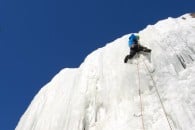

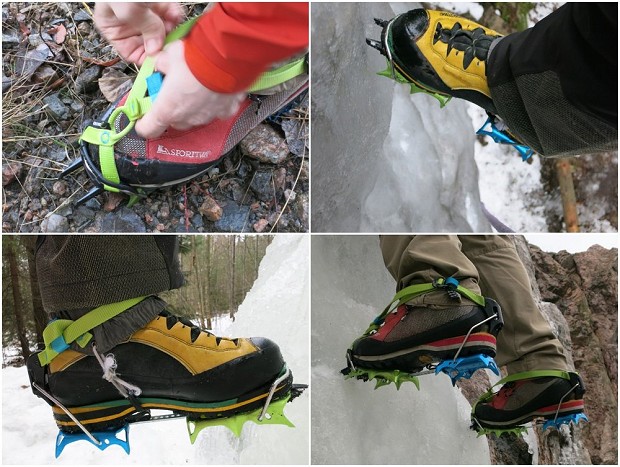
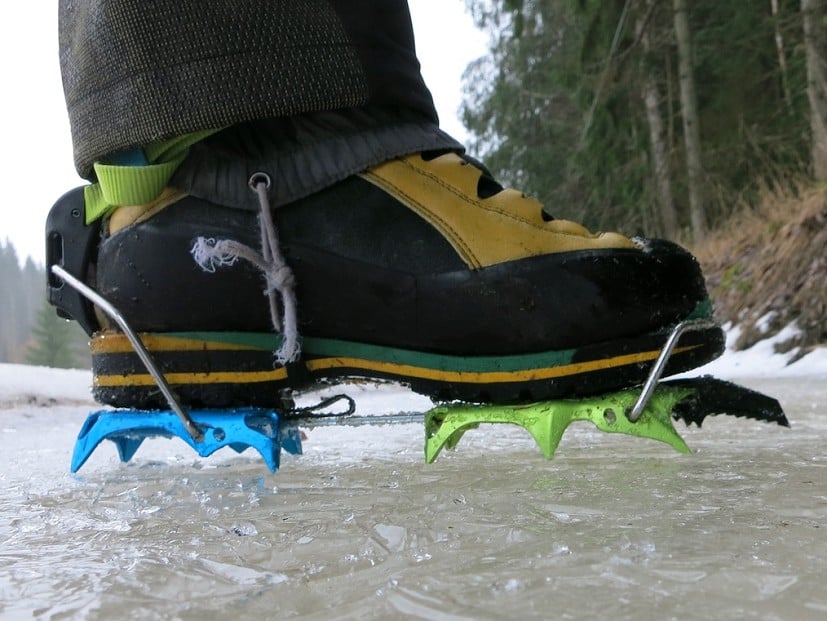
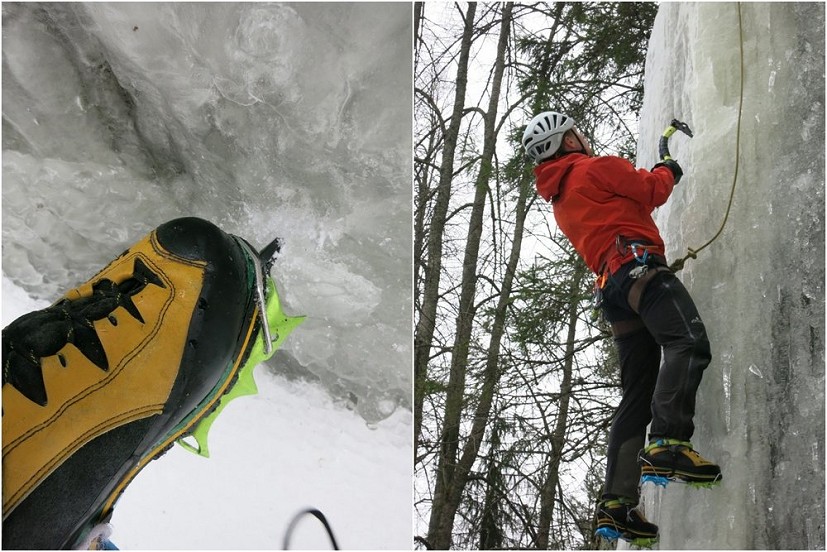

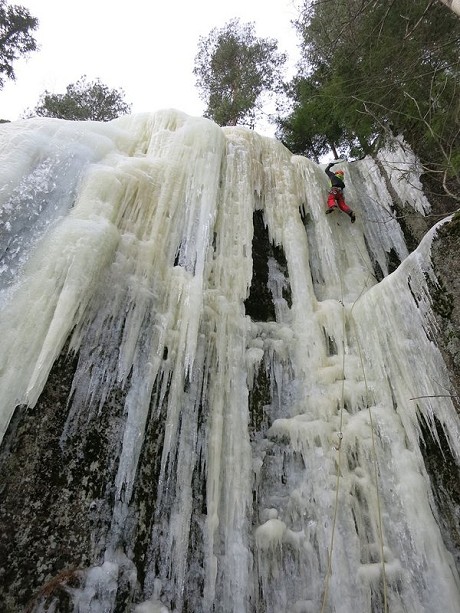
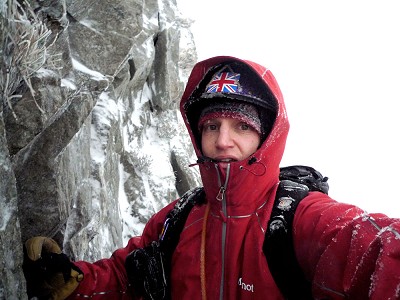
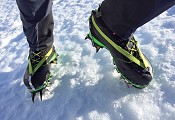
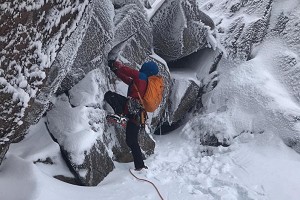
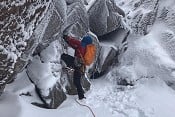
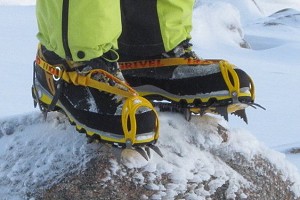
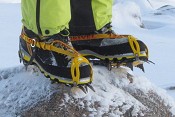
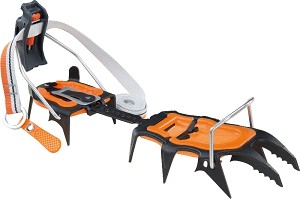
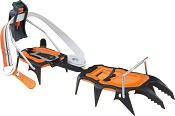
Comments